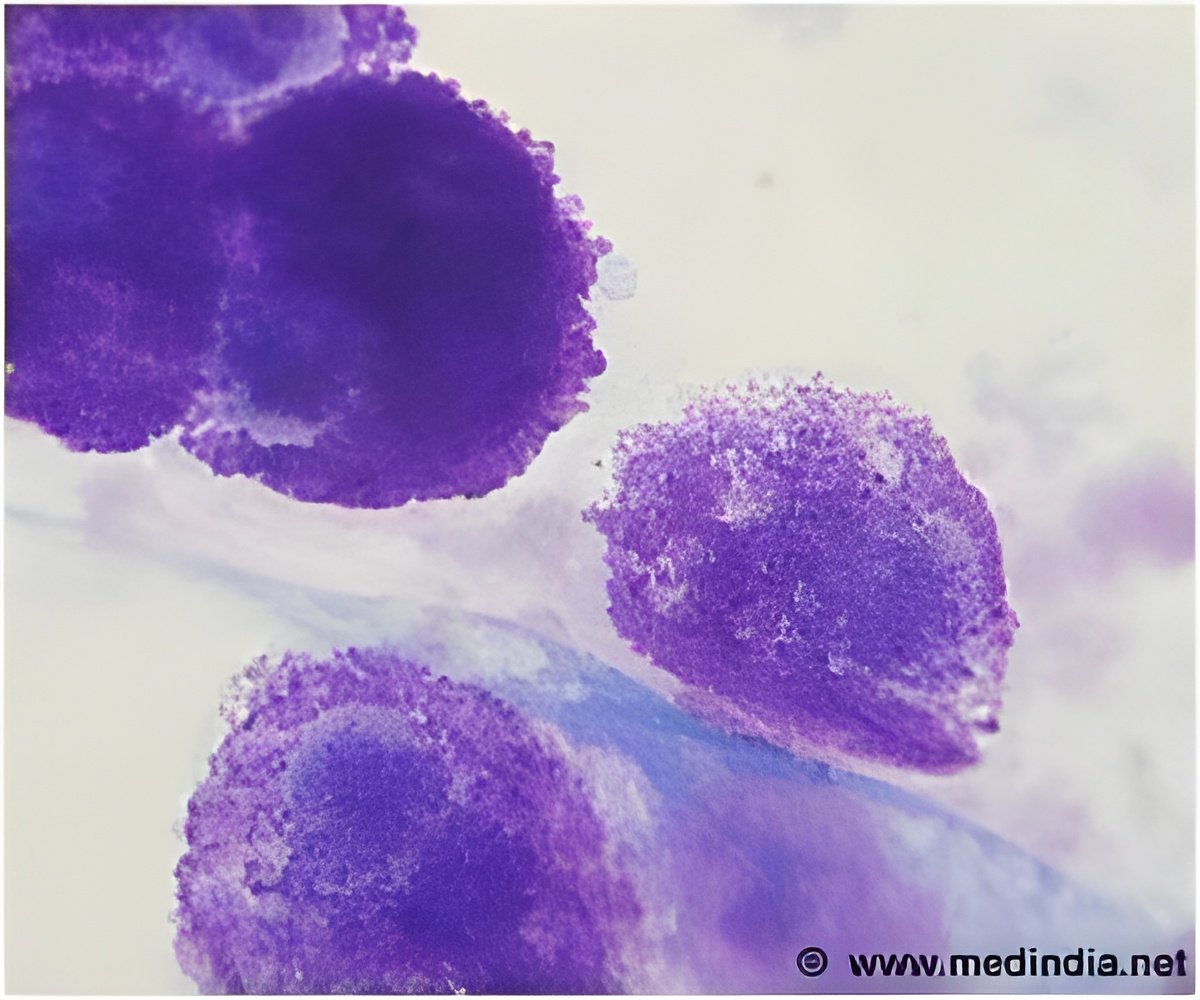Oncologists have long puzzled over the fact that after cancer treatment, in certain organs, single cancer cells that are dispersed throughout the body – so-called disseminated tumor cells – are quick to grow and form secondary tumors called metastases.

A study published online October 27 by Nature Cell Biology by Bragado et al. reveals that bone marrow contains high levels of TGFβ2, which activates the tumor suppressor gene p38 in tumor cells and triggers a cascade of events that renders tumor cells dormant and keeps HNSCC growth in check. In the lungs, where TGFβ2 is in short supply, these cells rapidly form tumors.
The research team, led by Julio A. Aguirre-Ghiso, PhD, Associate Professor of Medicine, Hematology and Medical Oncology, and Otolaryngology at the Icahn School of Medicine at Mount Sinai, is the first to identify the role of TGFβ2 in determining whether HNSCC cells will remain harmlessly dormant or behave aggressively in a given location. The study confirms a century-old theory called the "seed and soil" theory of metastasis, which suggests that a tumor cell – the seed – either sleeps or thrives within the unique environment of each organ – the soil.
"Our study provides critical evidence to explain why tumor cells gain a firm foothold in certain organs but not in others, where they can remain inactive for long periods of time," explained Dr. Aguirre-Ghiso.
Approximately 80 percent of the animal models the researchers studied contained disseminated HNSCC cells in the lungs, while less than 30 percent contained tumor cells in the bone marrow. After removing the primary tumors, the number of disseminated tumor cells in the bone marrow remained the same for several weeks (equivalent to ~ 3 years in humans). However, the number of tumor cells in the lungs increased shortly after the tumors were removed, suggesting that conditions within each organ had a long-lasting effect on the cells' behavior.
In addition, the researchers discovered that lowering TGFβ2 or p38 levels awakened dormant cells and fueled metastatic growth throughout the body.
Advertisement
"Our study is the first to identify specific characteristics found in cancer cells as well as in the microenvironment in which they are found that determine whether they will metastasize rapidly, posing a new threat to the patient, or will remain dormant for a period of time," said Dr. Aguirre-Ghiso. "Eventually, we may be able to predict, based on markers detected in disseminated tumor cells and/or in the microenvironment, which patients have a dormant disease and which ones will need more aggressive treatment. This information may also lead to the development of new drugs that mimic the pathways that prevent tumor cells from metastasizing."
Advertisement










